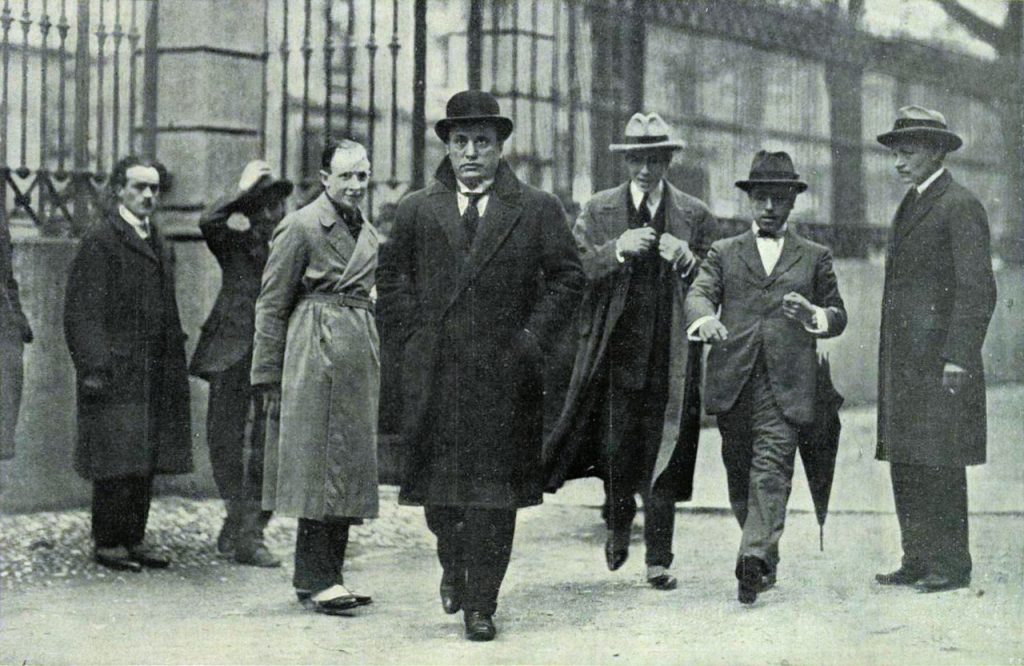One century ago, on April 6th 1924, Italy held its first general elections following Mussolini’s rise to power in November 1922. Despite becoming prime minister in the aftermath of the March on Rome, Mussolini still lacked a majority in the Italian parliament. To increase their chances of enjoying a large parliamentary majority, the Fascists managed to introduce the so-called Acerbo law, a new electoral system named after the cabinet undersecretary who proposed it. The new system, introduced in November 1923, preserved the proportional formula adopted in 1913 but envisaged a majority bonus of two-thirds of the seats for the list obtaining a plurality of votes (at least 25%).
At the 1924 elections, Mussolini led an electoral coalition (the National List) which included the Italian Fascist Party candidates but also featured some prominent liberal politicians, such as Orlando and Salandra. By contrast, the composite constellation of forces opposing Mussolini was not able to form a coalition. Unsurprisingly, the Fascists won the elections, with such a high share of votes (65%) that the majority bonus mechanism almost did not produce any effect. The second largest party in parliament, the Christian-democratic Italian People’s Party, only controlled 7% of the seats. Mussolini’s complete defeat of opposition parties paved the way for the final breakdown of Italian democracy.
For the last time until the end of Fascism, several parties contested the 1924 elections. However, the electoral process was not fair. The elections took place amid widespread political violence perpetrated by the Fascists to disrupt the opposition’s mobilisation efforts.
